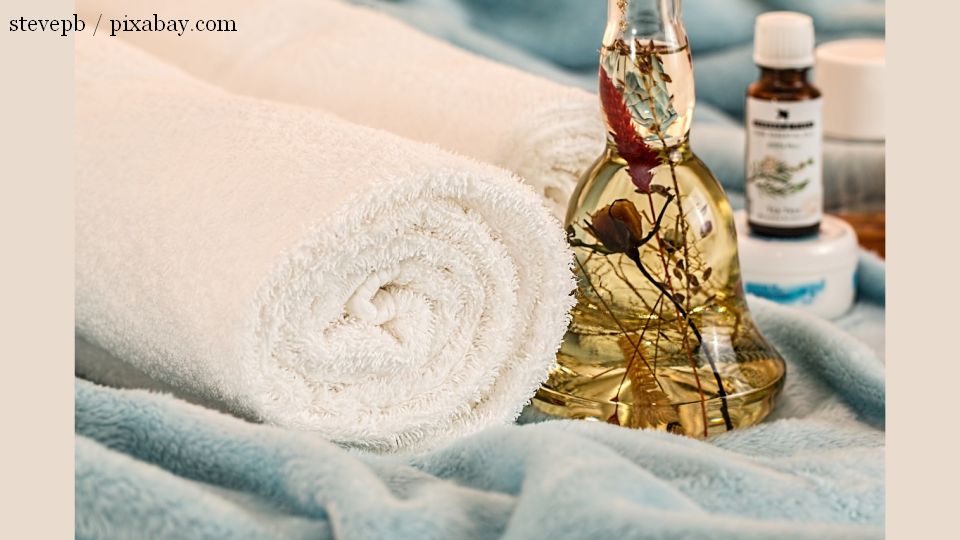A Holiday in Govora
Before we announce the winners of the RRI prize-winning contest entitled “Govora Spa, a healing oasis we will bring you some of the landmarks of this famous spa in Valcea county, southern Romania.

Daniel Onea, 07.05.2015, 14:12
Before we announce the winners of the RRI prize-winning contest entitled “Govora Spa, a healing oasis we will bring you some of the landmarks of this famous spa in Valcea county, southern Romania. The spa is well known for its salt waters rich in iodine and its sapropelic mud, recommended for treating various ailments. According to physician Cristina Petrescu, the resort is a perfect destination for families with children. The treatment offered at the Govora Spa can be both preventive and curative, and addresses mainly patients with respiratory problems. There are also children among the patients. Cristina Petrescu:
“The youngest of the patients Ive seen in the past few years was 5 months old. But we offer more than treatment for respiratory diseases. Patients can also find treatment for their osteoarticular, cardiac, circulatory and digestive diseases. In terms of rheumatic illnesses, the spa offers therapeutic procedures for the arthrosis of the large, medium and small joints, and the acute rheumatic diseases. Gastrointestinal conditions undergo treatment with mineral waters from the three springs in the resort. They are also recommended for digestive, colon, and kidney problems.
Patients from abroad have also been treated at the Govora Spa. Balneologist Cristina Petrescu tells us more about it:
“We have had patients from New Zealand, Australia and Asia, from almost all European countries, as well as Canada and the US. There were many children among our patients, especially from the Nordic countries. I had around 1,000 such patients myself who received aerosol treatment in our resort, with very good results.
Aurelian Cebanu, a cardiologist with the Govora Spa, is always ready to teach his patients how to adopt a healthy way of living, which is crucial after a stroke. The doctor first assesses the patients medical history and then decides on a plan of treatment:
“As heart specialists, we first assess new patients in cardiologic terms, so we perform electrocardiograms, blood pressure and ultrasound tests. We then put them in a physio-kinetotherapy program. Theyre doing respiratory gymnastics. We also have a program coordinated by a nutritionist. Patients are tought what to eat, how much to eat and, more importantly, when to eat.
The exploitation of mineral water springs with therapeutic properties started in 1879. General Nicolae Popescu Zorileanu, who was also a physician, brought here, after the War of Independence, a group of soldiers who needed treatment for the diseases they developed during the war. He knew about the mineral springs in Govora, which had been discovered by a local who used to sell it at the fairs in the area. The treatment was empirical. The iodised waters were taken to the Govora Monastery and warmed up with hot stones.
The soldiers would use the warm water for baths, in order to treat the pain in their arms and legs. The findings of Nicolae Popescu Zorileanu convinced the then prime minister, I.C. Bratianu, to have the French geology engineer, Bochet, test the mineral waters in Govora. Bochet was the first to give a scientific opinion on these waters. Govora Spa is the only Romanian resort where you find three different types of mineral waters coexist within only 6 square kilometres, namely iodised, sulphurous and bicarbonated waters. The symbol of Govora Spa continues to be the Palace Hotel, an inspired combination of eclectic, Art Nouveau and neo-Romanian architectural styles. It designed as a luxury hotel, according to his manager, Mihai Handolescu:
“Its construction took four years, between 1910 and 1914. It was the first hotel in Romania provided with a spa centre. It successfully used mineral waters for the treatment of respiratory, digestive and kidney conditions. The hotel survived two world wars. During WW2 the Polish Government, exiled from Poland, picked the resort as the place to host some of the officials and part of the treasury. Little was invested in Govora during the communist period, and most restoration works were only superficial. Romanias joining the EU, on the other hand, meant access to non-refundable money. Since its reopening, in 2013, about 7,000 tourists from all over the world came to visit the place. Our goal, at present, is to attract tourists from the Middle East. With the help of tourist agencies, we will try to enter markets in the Arab Emirates.
Govora Spa is a modern resort that has preserved its historical buildings. The towns mayor, Mihai Mateescu, who is currently serving his 4th term, is very proud of the towns spa park with very long alleys and a lit waterfall. The street furniture was replaced to include streetlamps and benches, and an open-air amphitheatre was set up, after the model of the Roman arenas. Mihai Mateescu:
“The alleys are 1.5-km long, after the German Baden model. There is a wonderful balneal route through the forest. Each street is in fact a mini tourist route. There are old buildings that need restoration to preserve their original architecture. The towns architectural plan includes only restoration works and no demolition or architectural changes. All these are aimed at highlighting the tourist routes towards the monasteries, the airport and an area that has become increasingly known, Transalpina.
If accommodation for one day in a 4-star hotel, breakfast included, costs 332 lei (the equivalent of around 75 euros), a day in a 3-star guesthouse costs up to 150 lei (thats around 33 euros). Weekend discounts and discounts for stays longer than 4 days as well as early bookings are also available.






























